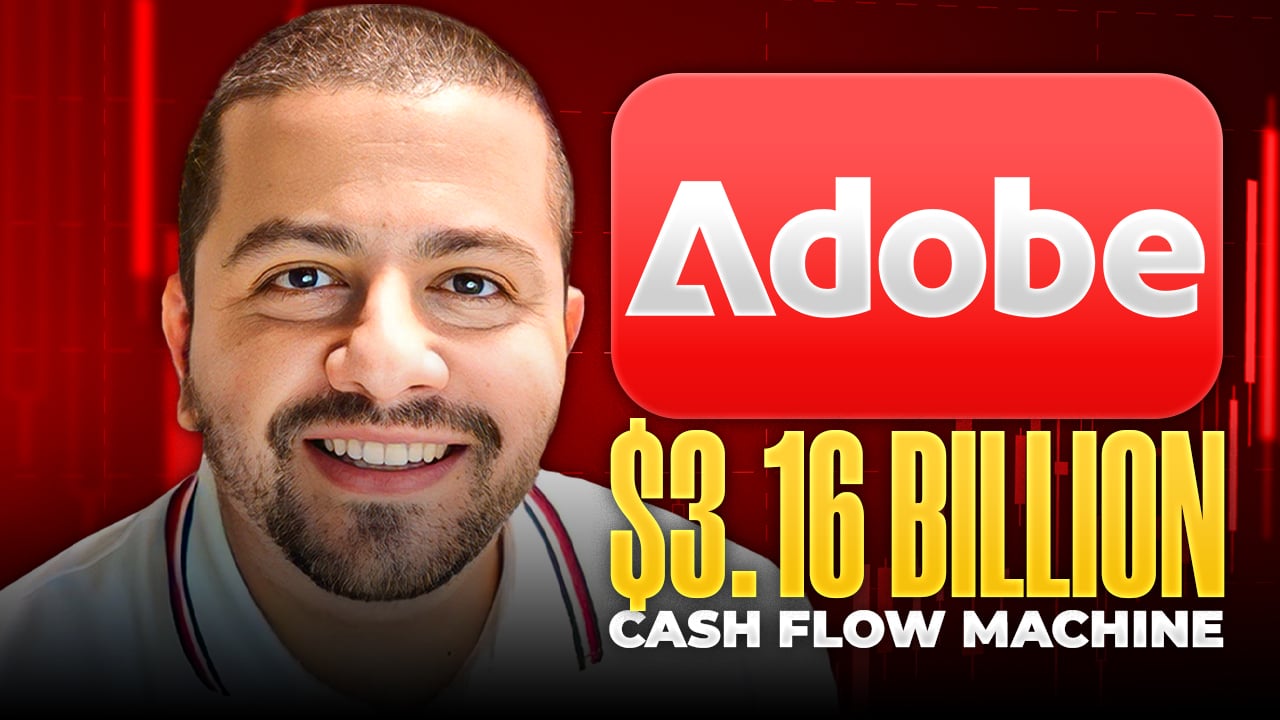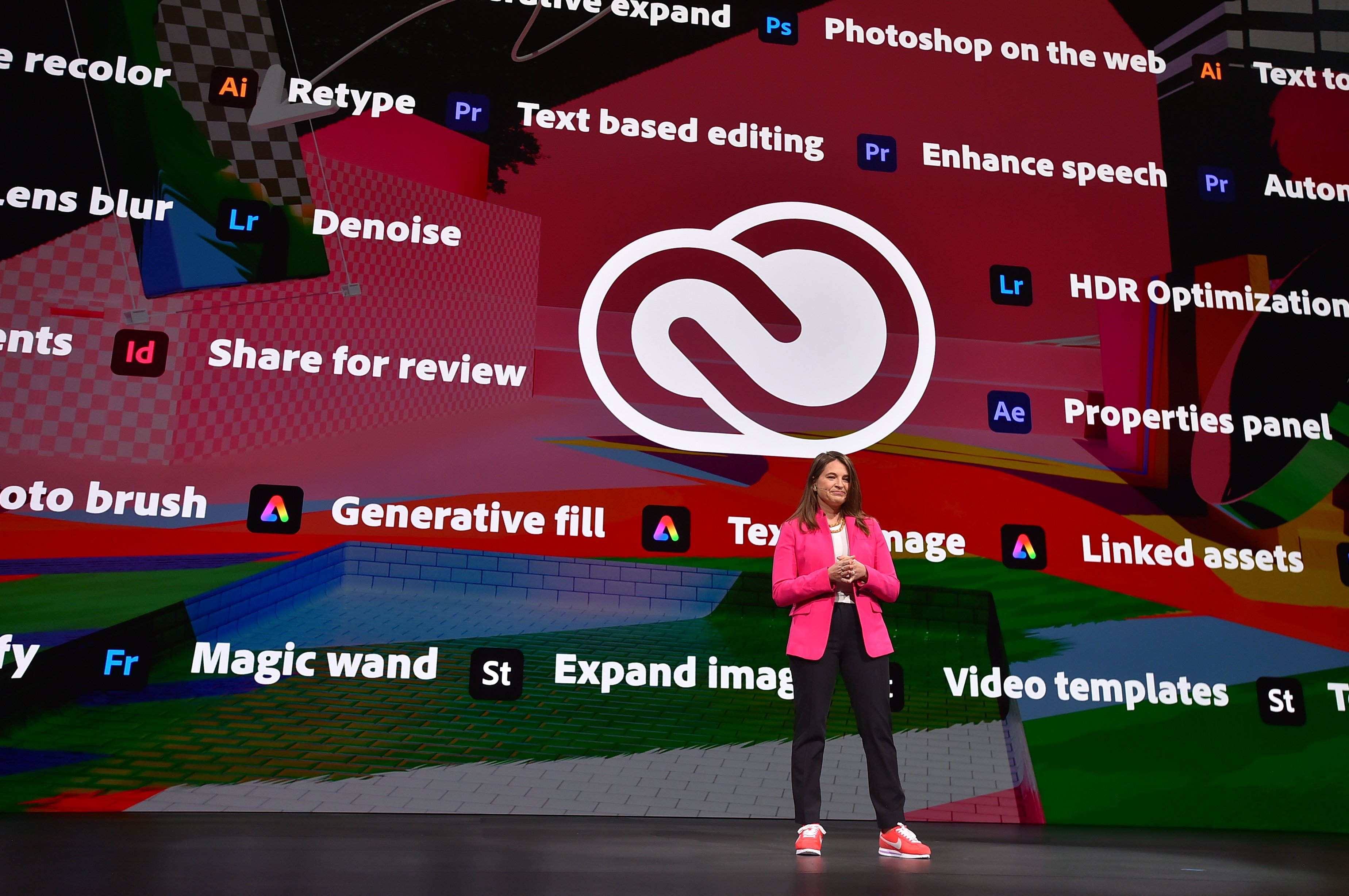It's not uncommon for tech companies to trade at expensive valuations. But when the company is trading at a 52-week high while also in the midst of a significant transition, it makes for an uncomfortable situation. Nevertheless, Adobe (ADBE +0.55%) seems to be handling this patch pretty well.
Granted, it's still too early to say that the company has met all expectations in execution. But I'm nonetheless pleased that the conversion to a subscription-based model has not adversely affected Adobe's current business. While the valuation today seems pretty demanding when compared to Microsoft's, Adobe remains a quality company with strong leadership. That's not to say there aren't challenges.
What's with the "new" Adobe?
Wall Street hates uncertainty. But it seems Adobe's getting the benefit of the doubt, and deservedly so. The company's back has been up against the wall. And management has been looking for a way to recharge growth in products such as Creative Suite, which is often considered too expensive when there are much cheaper alternatives available in Google Apps. Plus, Apple's resistance to incorporating the Flash plug-in within its products only created more doubt about Adobe's leverage. Things needed to change.
Adobe wanted to exit its software license business and convert it to a subscriptions-based model. So far, not only are existing customers embracing the change, but new customers are signing on at a faster-than-expected rate. For instance, in the company's third-quarter earnings report, which reflected when the transition first took shape, Adobe was able to transition roughly $29 billion more recurring revenue than it anticipated.
What's more,it was able to grow its Creative Cloud paid subscriptions to approximately 200,000 subscribers. This is while also adding 8,000 Creative Cloud subscriptions per week. Fast-forward to the fourth quarter and Creative Cloud was able to improve that to 10,000 subscriptions per week, bringing its full-year total to 326,000 for the year. Remarkably, with recurring revenue of $153 million, management was able to exceed its own guidance by 62% above the $94 million that was projected.
All of this justifies the faith the Street is showing in the stock. The company is operating on all cylinders -- and then some. The pace at which the transitioning to the "new Adobe" is impressive. In that regard, CEO Shantanu Narayen said, "We beat our Creative Cloud subscription goals and established Adobe Marketing Cloud as the leader in the exploding category of Digital Marketing during fiscal 2012. In fiscal 2013 we intend to accelerate our pace of innovation, and drive integration between Creative Cloud and Adobe Marketing Cloud."
How do you measure success?
Mark Garrett, Adobe's executive vice president and CFO, said that 2013 would prove to be a "stronger and more predictable" year in terms of recurring revenue with higher long-term growth. The company, however, didn't guide as if it expects a robust first quarter -- at least not when compared to prior estimates for Q1 2012. Likewise, non-GAAP earnings-per-share estimates of $0.26 were lowered by almost 50% when compared to non-GAAP EPS of $0.54 for Q1 2012. But investors weren't too bothered by this.
Management turned the focus on what still matters here the most, which is subscription growth and how well the model is still transitioning. To that end, the company said it expects to end fiscal year 2013 with 1.25 million paid Creative Cloud subscriptions, which is a pretty aggressive goal, especially since Adobe ended 2012 with 326,000 subscribers. This means that management expects to add another 924,000 this year, which amounts to 231,000 per quarter.
Given Adobe's willingness to disclose subscriptions on a per-week basis, guidance suggests that the company expects to add just fewer than 20,000 subscribers per week, which is double the number it produced in the fourth quarter. Adobe has high subscription goals, but don't mistake this for magic or just wishful thinking.
Management knows it has an ace up its sleeve in its 1 million free members. If we assume that the company is able to convert 50% of its free users to paid subscribers, then these goals are not that aggressive after all. Investors, meanwhile, should watch these metrics very closely to fully understand how well management is doing.
What of the stock?
Though the shares have been on a considerable run, the stock still doesn't look too expensive. And if Adobe can figure out a way to push its Digital Marketing business -- to the extent that it can get companies such as Google and Facebook, which are trying to grow mobile ads -- Adobe's long-term growth potential can become pretty significant.






